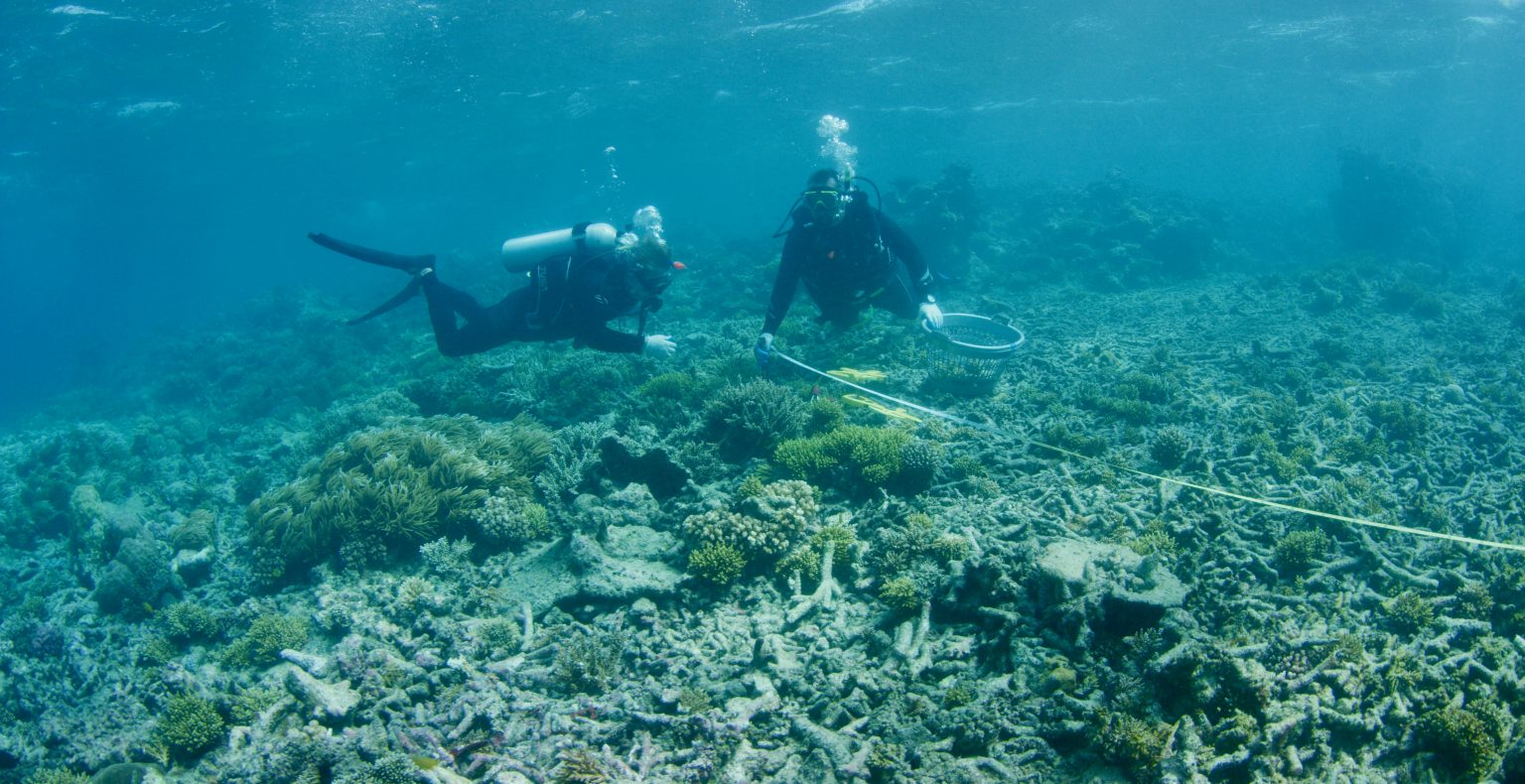
Coral Rubble at Moore Reef before MARRS star installation.
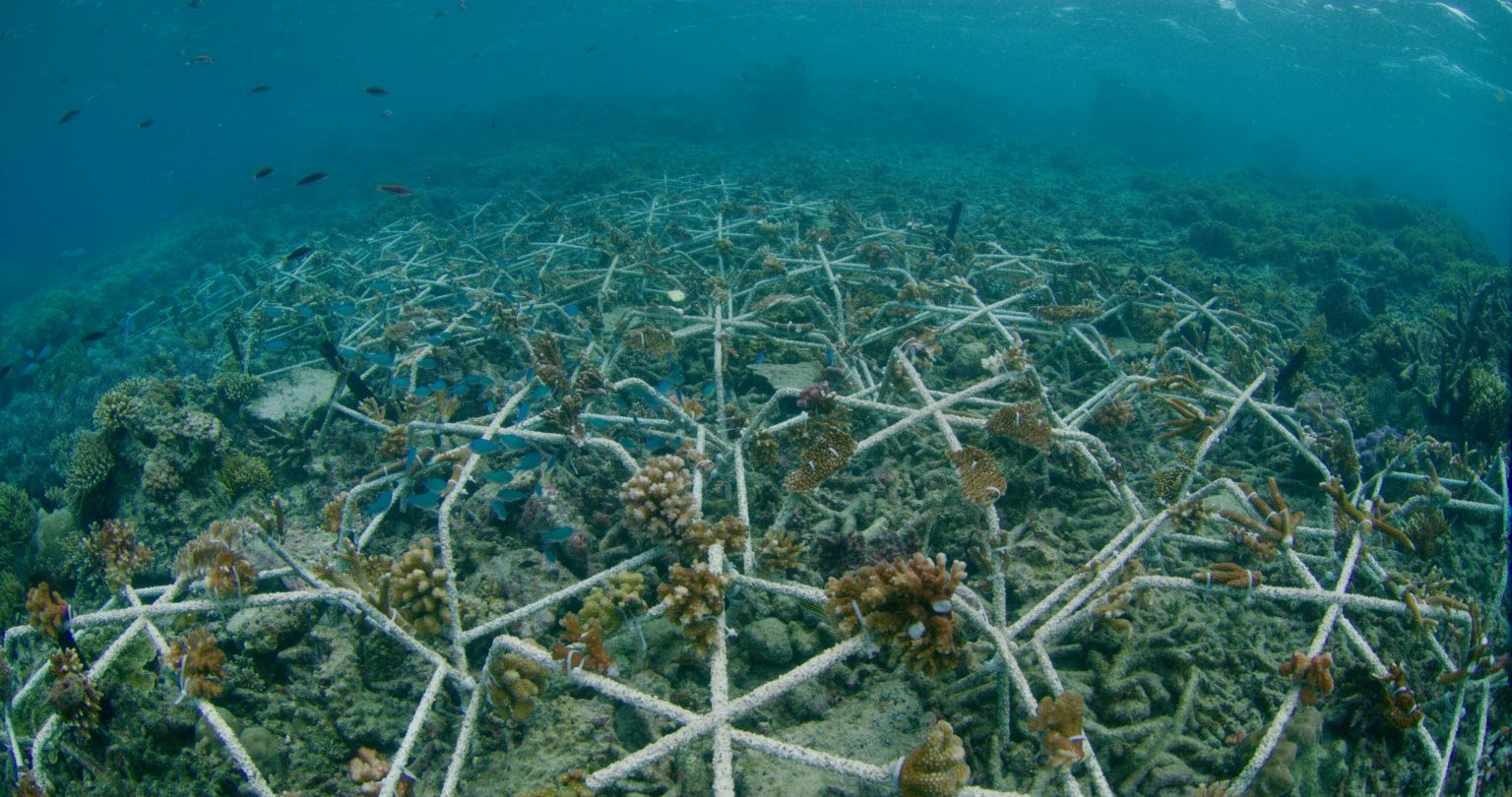
Coral Rubble at Moore Reef after MARRS star installation.
Restoring the Reef
Coral rubble or lose broken dead coral skeletons are a natural part of a coral reef ecosystem. Coral rubble is often produced from physical disturbances like fish predation, anchor damage or storms. Large tropical cyclones for example, Tropical Cyclone (TC) “Yasi” – a large, slow moving category 5 storm in February 2011 reduced large sections of healthy reef to large accumulated coral rubble fields.
Moore Reef has shown good signs of recovery since TC Yasi through heightened live coral cover, but some areas have accumulated coral rubble fields. This is where the coral rubble has not fused together to form a stable substrate and any corals that naturally attach to the substrate in this area have little chance of survival, as the rubble is moved around with currents and swell.
The proposed project is to assist to validate, in the Great Barrier Reef, an existing coral rubble stabilisation technique, which uses steel structures to secure loose coral fragments. These structures interlock and can be secured to the bottom and interwoven around areas of existing natural coral cover.
This method was developed by Mars Incorporated and is known as the Mars Assisted Reef Restoration System (MARRS). This technique has been developed over 10 years of research and development and has produced strong results in Sulawesi, Indonesia, where coral cover has increased from 10% to 70 % in two years. Approximately 4 hectares of coral reef has been restored across two islands of Sulawesi since 2011.
The project contributes to our existing reef resilient network and builds our understanding of reef resilience by evaluating a reef restoration technique to assist natural recovery processes following the destruction of high category cyclones.
The first 61 Reef Stars were placed in our experimental rubble section near our Reef Magic Pontoon site on the 18thof June 2020 by the GBR Biology team, Mars sustainable Solutions, James Cook University and Yirrganydji Land and Sea Country rangers.
Training
GBR Biology staff and Yirrganydji Land and Sea Country rangers were the first Australians to travel to Sulawesi, Indonesia (August 2019) to be trained in the implementation of the Mars Assisted Reef Restoration System. These rangers will play in integral part to the installation and ongoing maintenance of this trial.
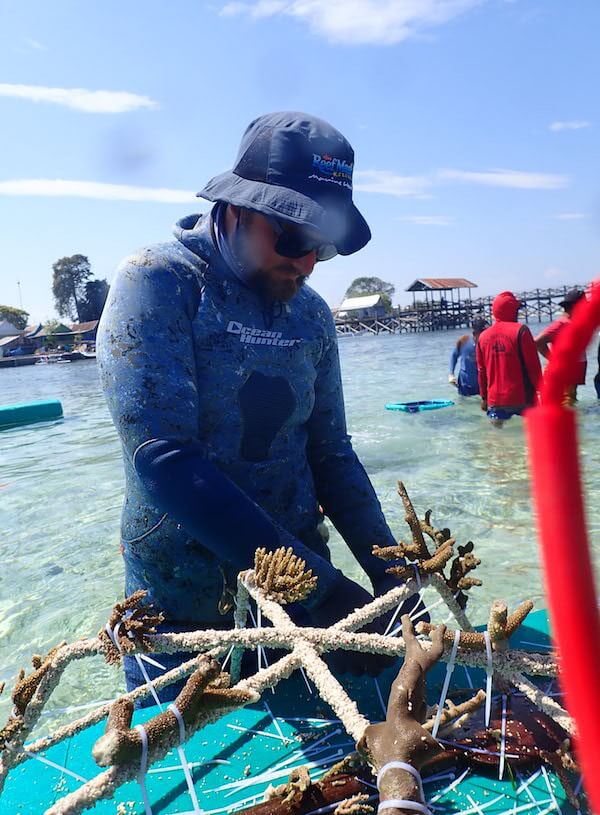
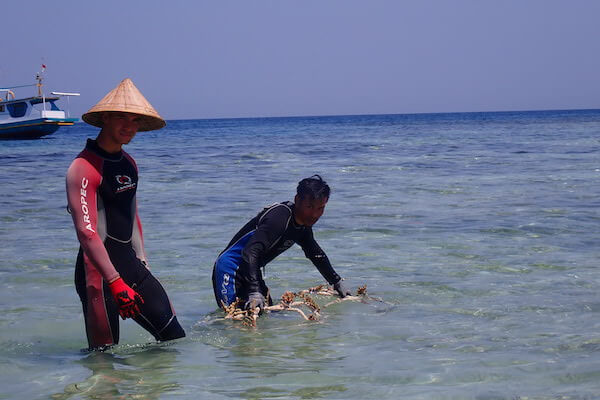
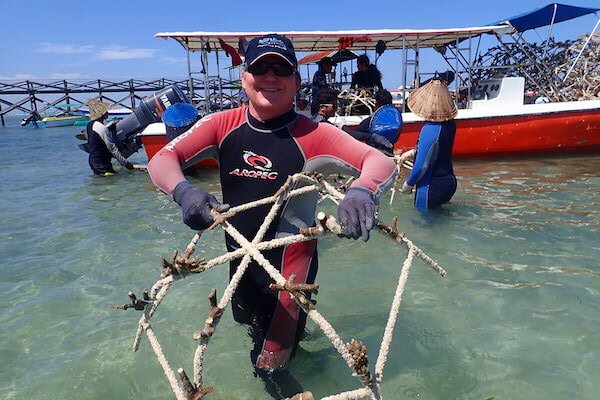
Mars Assisted Reef Restoration System
The Mars Assisted Reef Restoration System (MARRS) is a coral rubble stabilization technique that employs coated steel structures, to which fragments of coral are attached and used to fill gaps between patches of natural live coral. The steel structures developed by Mars, commonly referred to as Reef Stars, are configured in a hexagonal shape, then coated in resin and a course grit. The resin and coarse grit, not only protect the steel structure, but provide a rough surface for coral fragments to adhere.
Corals are colony of jellyfish type animals, that produce their own skeleton and grow through a process of asexual reproduction where one polyp splits or creates two or more polyps. The coral skeleton is made from calcium carbonate and the accumulation of this material over time contributes to the structures known as coral reefs. The ability of the coral polyp to produce their own habitat (Habitat Forming) is why they are known as reef building creatures.
The Mars Reef Stars provide a stable structure for coral fragments to grow, enhances coral growth in accumulated rubble area and possibly may enhance natural coral recruitment in this area by providing a stable rough structure. The Reef Stars are placed in a web, secured to one another by cable ties and the leading edge of the web is staked down to reduce movement in severe storms. Over time, the attached coral fragments fuse to the steel structure and grow up like a natural reef, as the steel provides the coral a stable substrate to grow from. Anecdotally, the restored area in Indonesia has also seen extensive natural recruitment of corals both under the Reef Stars (on the now stabilised rubble) and on the Reef Stars allowing the reef to begin natural recovery.
The intention is that the Reef Stars are a permanent structure which will be completely covered by the reef over a course of several years. The first 50 Reef Stars scheduled to be deployed in June 2020 and every 6 months a following 50 Reef Stars. Overall 500 Reef Stars will be deployed for the length of the project. The corals used as fragments in this project are considered “Fragments of Opportunity” which is a live portion of a coral colony that has become physically detached from the rest of the colony and has no attachment or adhesion to the substrate either biologically or physically.
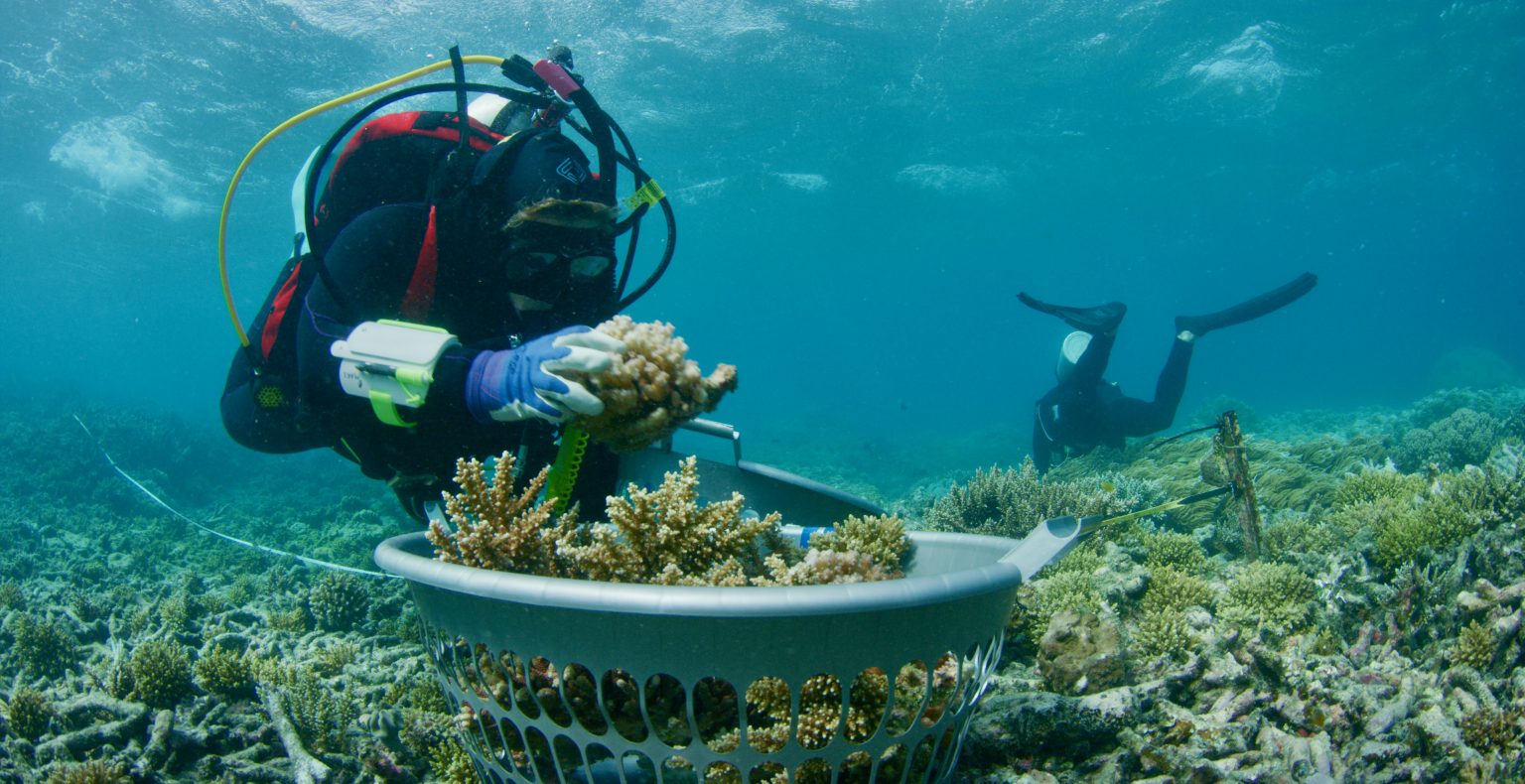
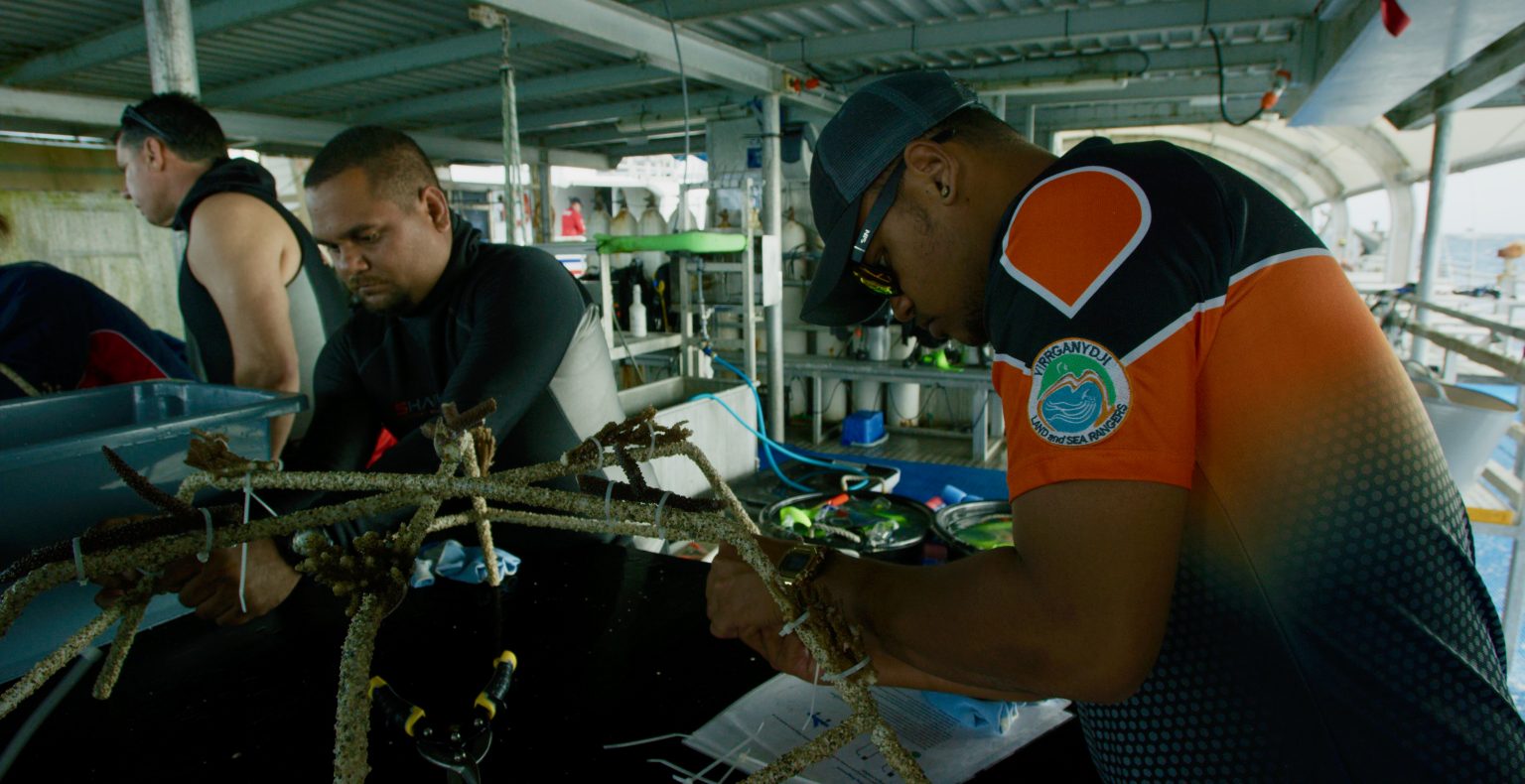
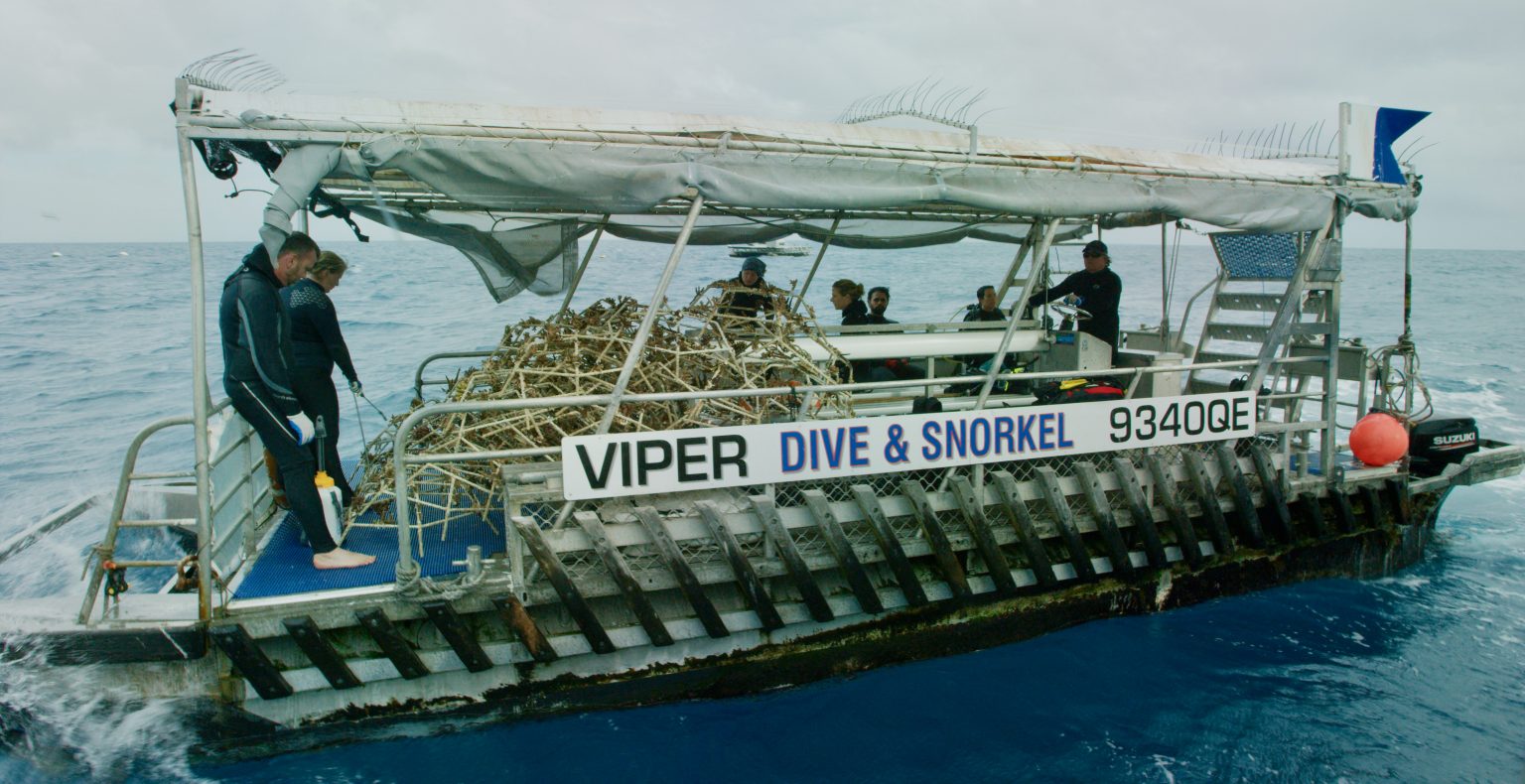
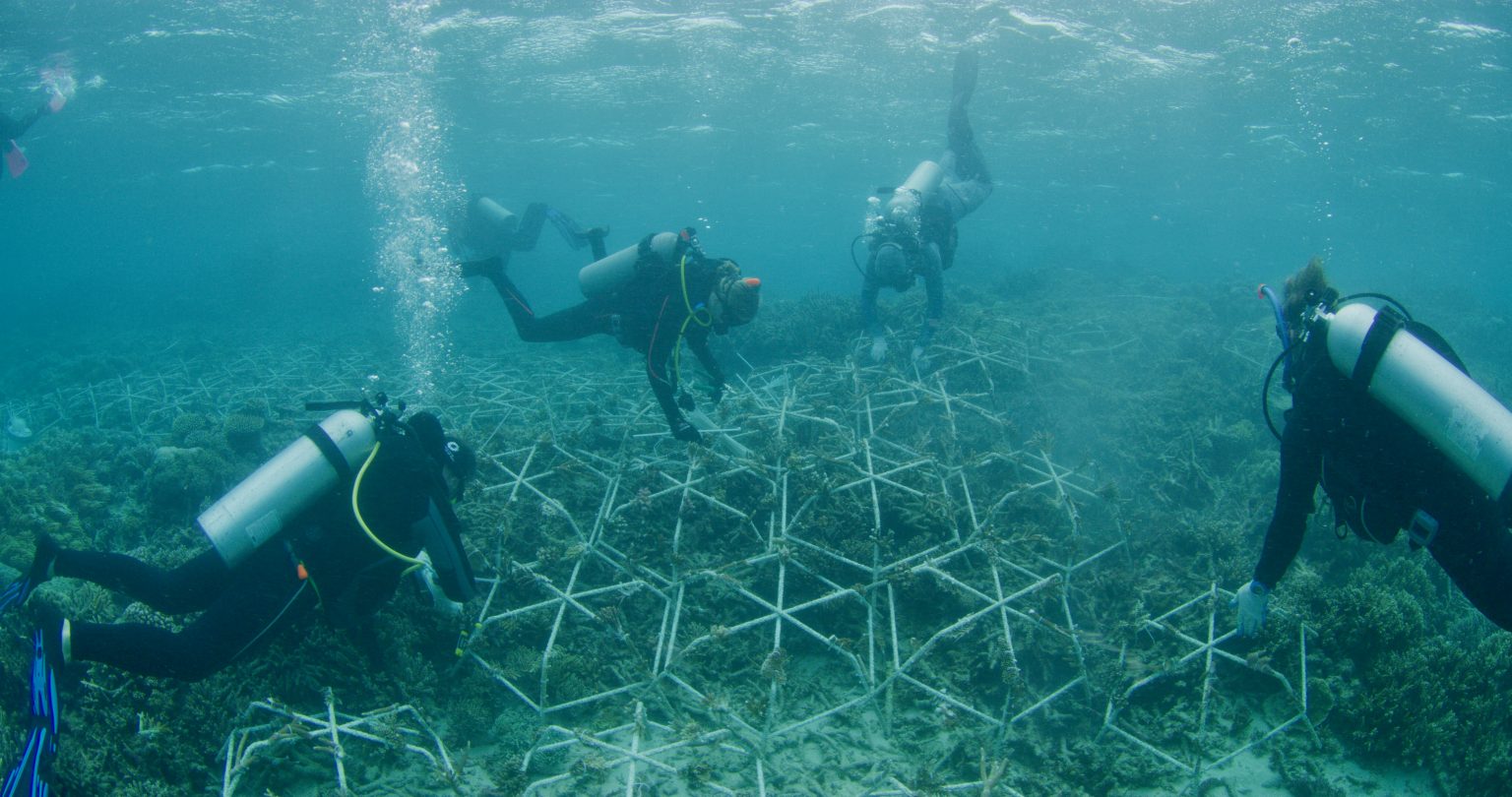
Objectives
The principle ecological objectives of this proposal are to stabilise coral rubble areas, increase coral cover and promote diverse fish and coral assemblages and to evaluate the speed at which a restored site can become reproductive. Although there is one trial site, there will also be damaged and undamaged control sites to compare scientific parameters such as coral cover, fish abundance and biomass, natural coral recruitment and agents of coral mortality such as crown-of-thorn starfish. There will be consistent monitoring of these sites to evaluate this objective, led by Dr Katie Chartrand from James Cook University with support from Associate Professor David Suggett from University of Technology Sydney, with strategic oversight from Professor David Smith from University of Essex.
As part of our community engagement strategy, research surveys will be conducted by GBR Biology staff (Marine Biologist/Reef Education Rangers), Traditional Owners and JCU/UTS postgraduate students and researchers. This research will contribute towards resilience based adaptive management of the Great Barrier Reef.

